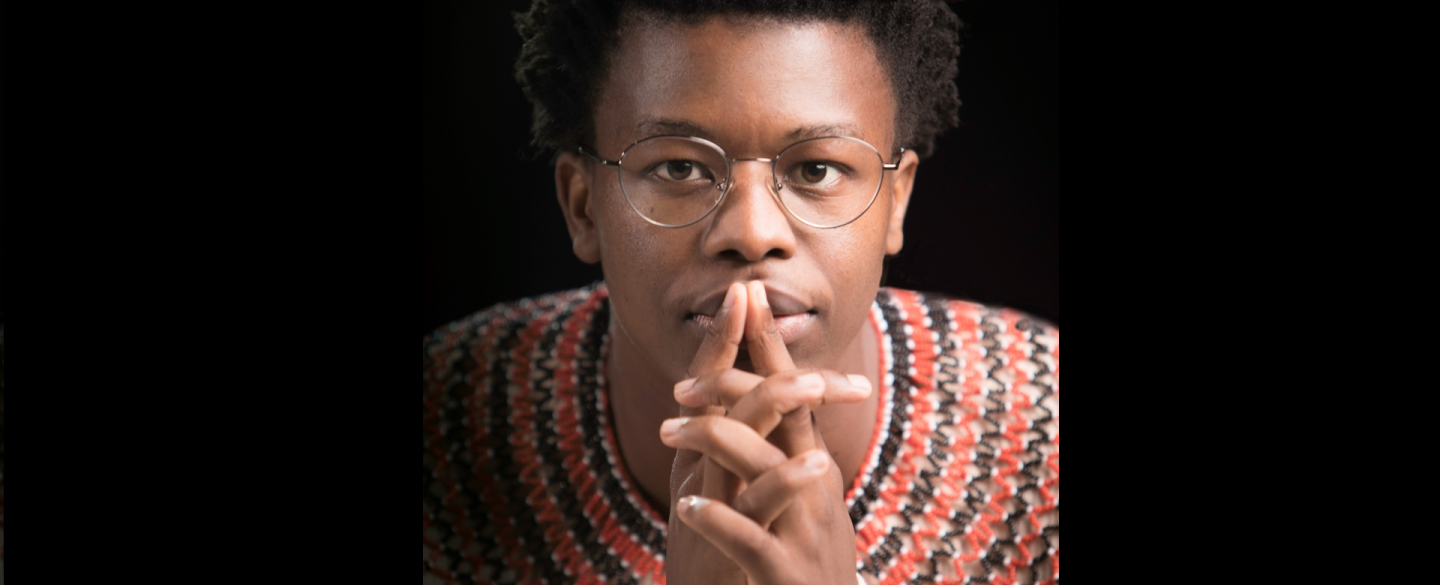

We spoke to Mthuthuzeli to find out more about the film and embracing technology to continue creating throughout lockdown.
You're a Senior Artist with Ballet Black as well as a choreographer. How do you balance both aspects of your work?
In the last three years, it has become quite a bit difficult to balance my work but I think being a full-time dancer has made choosing the projects I do something I take very seriously. It just has to be right and I have to work with the right people.
You've been choreographing since 2015 and won an Olivier Award in 2020. Has winning the award changed things for you?
Dance is the reason I am where I am today and over the years I have learned to use dance as a platform to communicate, and I think winning the Olivier Award was just people hearing what I was trying to say. So I will keep making what I think is important and relevant dance.
Tell us how the collaboration with Northern Ballet came about.
This collaboration is a classic 'you never know who's watching' type of thing. Kenneth Tindall saw the work I did for English National Ballet's Emerging Dancer and was quite intrigued, and this led to starting the conversation of hopefully making a work for Northern Ballet's digital programme.
What is the inspiration for the piece?
I think mostly the piece is about growth. I am somebody that comes from a very poor background and I find myself doing works for such incredible companies. So I guess, in a way, I want to explore this idea in an abstract way; as a young black man blossoming in a way I never thought possible.
What are the differences between creating a piece of work for the stage and a piece directly for digital?
I have always kind of thought of myself as a film director when I choreograph works for stage; I always like to view my works through a camera lens, so this was just a perfect opportunity for me to really go to town with it. Also I worked with such incredible people, the whole team was so inspiring to work with.
Tell us about the experience of creating a new work entirely remotely?
This was the most fun I've ever had working on a piece. I think most of it was because I was working with very intelligent and inspired artists. It was so strange, at times I thought they were able to read my thoughts even though I was in my living room miles away from them.
Do you think this way of working could become more commonplace and potentially open up more opportunities for working internationally without needing to travel?
I think with the right people anything is possible. I definitely think that working this way has really opened a lot of opportunities for me and I hope that going forward, companies won't shy away from giving choreographers from elsewhere a chance to see and hear what they have to say. I absolutely think we should embrace working remotely in dance; it's not the same but it allows for such flexibility.
Have you been able to find other creative opportunities during lockdown that you might otherwise have not had time for?
Luckily, during lockdown I was able to make a lot more works than I usually do when I am at work full-time. This is the third work I've done remotely, even though I don't want to be known as the 'Zoom choreographer', I am very happy and proud to have been one of the people who embraced this change and opened my arms and mind to the challenges it brings.
What other projects do you have coming up?
I am at work with Ballet Black creating and refining a new work titled The Waiting Game. I am also working on a couple of projects I can't really talk about yet but I am incredibly grateful for the opportunity to create and the gift.
What Used To, No Longer Is will be released on Friday 19 March at digitaldance.org